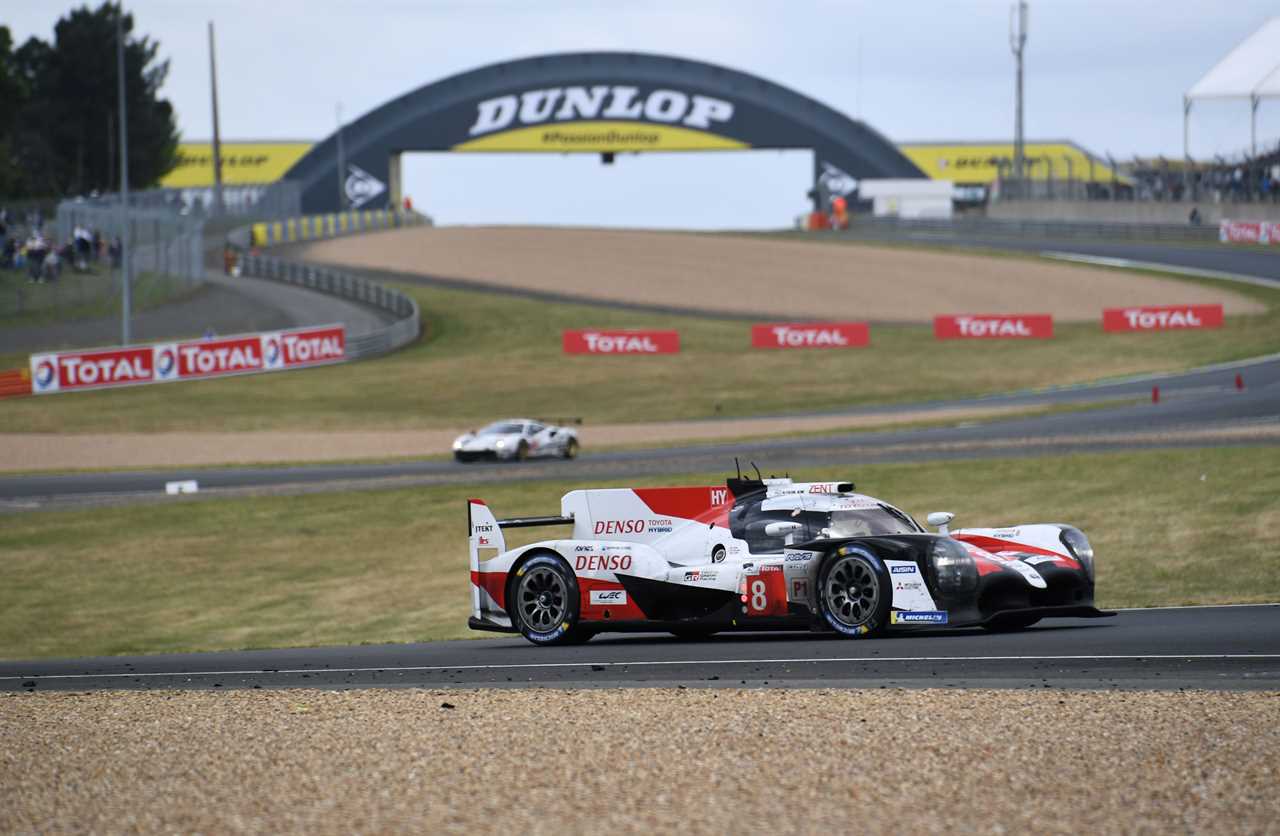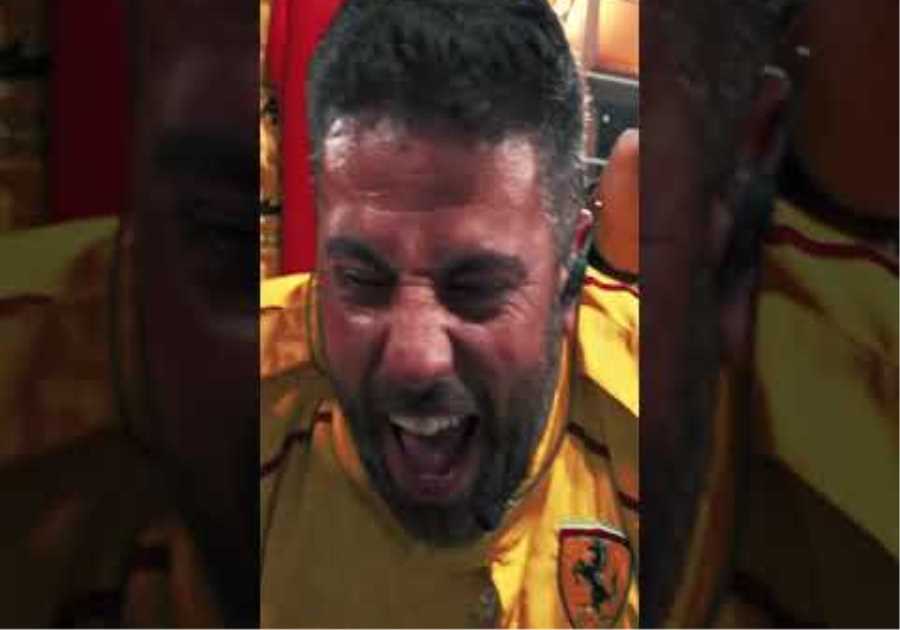
Mark ThompsonGetty Images
Fernando Alonso spent 2022 stringing together another improbably excellent run at Alpine, consistently collecting points and claiming a respectable ninth in the Formula 1 world driver’s championship. Then, part of the way through the season, he announced a shocking move to Aston Martin, replacing retired champion Sebastian Vettel. Thanks in part to Alonso’s performance, Alpine finished fourth in the 2022 constructor’s championship. Aston Martin finished seventh.
This is the ninth installation of our driver-by-driver preview of the 2023 Formula 1 season. This weekend, we will be covering Aston Martin. You can find the rest of our previews here.
Alonso’s decision is a strange one, but Alpine’s loss is Aston Martin’s gain. At 41 years old, the two-time world champion enters his eighth separate stint at a new Formula 1 team. He will once again be tasked with bringing a disappointing mid-pack team back up the grid.

FRED TANNEAUGetty Images
HOW HE GOT HERE
If you followed F1 before about 2015, you know Fernando Alonso better than all but two or three drivers on this grid. The 32-time race winner made his name by beating Michael Schumacher and Ferrari to two world championships in 2005 and 2006, then stayed a crucial part of every championship season through 2013.
His arrival in F1, by way of a great International Formula 3000 run in 2000 and a Minardi F1 seat in 2001, led him to a test-and-reserve role with Renault in 2002 and the race seat in 2003. He was a race- winner for the team in his first season, then stayed with them through the championship years before leaving for an ill-fated one-year stint as teammate to the rookie Lewis Hamilton at McLaren. After he and Hamilton both finished one point behind championship-winner Kimi Raikkonen, Alonso left for an even more ill-fated two-season stint at Renault that ended with a scandal in Singapore called “crashgate.” The affair left team leadership effectively banned from F1, but Alonso escaped to the prestigious life raft of Ferrari’s #1 seat.
There, he fought for titles in four seasons before ultimately coming up short to Sebastian Vettel by varying degrees in each. A relatively weak 2014 saw him leave for a second stint at McLaren, the most ill-fated of his ill-fated runs with a prestigious team. Here, he served as the face of a downfall that had begun two years before he arrived, there to shoulder so much of the blame as the most famous man on a once-great team that was just beginning a winless streak that would stretch until this past season. It led him out of F1 entirely by 2018.
In his second-to-last year at McLaren, he skipped Monaco to run the Indianapolis 500. This ignited an interest in the world’s great races that led him to two more 500 attempts (only one of which ended in a start) and an attempt at the 2020 Dakar Rally. Most significantly, though, it led him to Toyota’s LMP1 program, where he won the 24 Hours of Le Mans twice in a TS050 with co-drivers Sebastian Buemi and Kazuki Nakajima. That trio won the FIA World Endurance Championship in the 2018-19 “super season” encompassing both races.
Alpine came calling when Daniel Ricciardo left before the 2021 season, leading to Alonso’s third stint at the program he won championships with when it ran as Renault. He stayed with the team for two seasons, most notably helping teammate Esteban Ocon win a race in 2021 with some excellent defensive driving.

Joe Portlock- Formula 1Getty Images
HOW 2022 WENT
While Alonso did not beat the younger Ocon in the championship standings in 2022 as he did in his first year at Alpine, his 2022 was still a clear success. He finished ninth in the championship, while Ocon finished eighth. That was enough for Alpine to secure fourth in the constructor’s championship, a best-case scenario for a team with a car incapable of fighting for wins. Alonso scored points in all but eight races, with a best finish of fifth on three separate occasions.
He also beat out Ocon in head-to-head qualifying battles, 12-10. His best starting position of the season, second in Canada, stood out as his individual season highlight. All together, it was an impressive season for a 41-year-old against a currently-successful pro now being trusted to lead the Alpine team on his own.

Eurasia Sport ImagesGetty Images
GOALS FOR 2023
But Aston Martin’s team dynamic is nothing like what Alonso saw at Alpine. Here, he will be expected to act as a true lead driver next to journeyman Lance Stroll. He will also be expected to fit into the team’s complex politics, and will specifically have to mind that Stroll’s father Lawrence is the one that owns the entire team.
Despite being no more successful in his career than the four-time world champion he replaces, he will be expected to move the team up the grid. Alonso was poached from Alpine for a reason, and another finish of seventh in the constructor’s championship would mark another failed season for Aston Martin.

Bryn LennonGetty Images
A SUCCESSFUL SEASON LOOKS LIKE…
Unlike many other teams, Alonso’s best outcomes for 2023 are fairly simple: his year will be successful overall if Aston Martin beats out its competitors in the constructor’s standings. Individual success means Alonso also earns another top 10 finish in the driver’s standings.
Those are the expectations that come with being a world champion at a mid-pack team. If he is going to live up to them, Aston Martin has to provide a more competitive car than it has in the past two seasons. Given what Lance Stroll has shown in his first six years in F1, the burden of converting an effective Aston Martin race car into high-paying points finishes will fall largely on Alonso’s shoulders.






